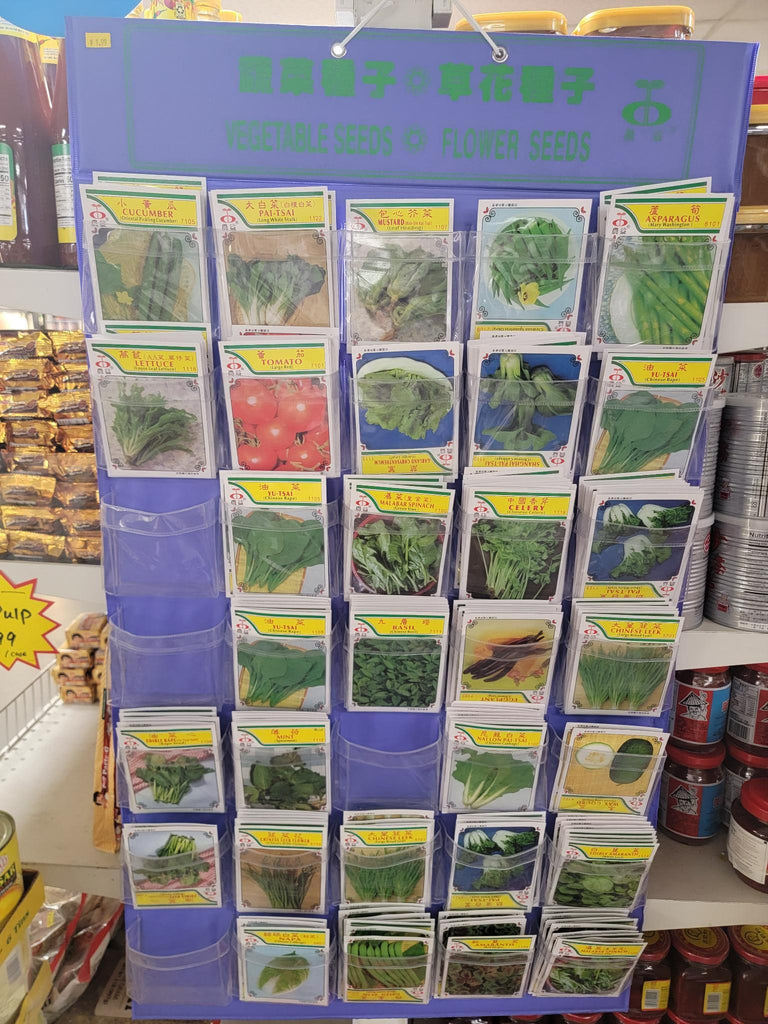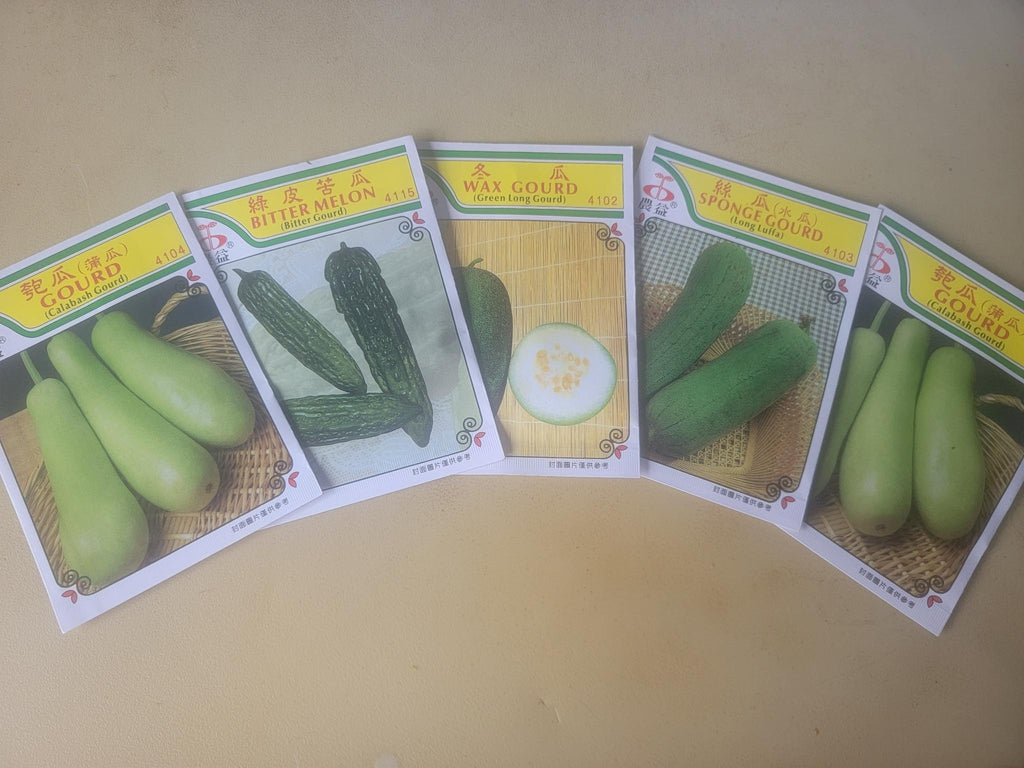
At Gardzen we believe that gardening is for everyone, and that gardening can be a wonderful chance to grow, experiment, and try new things. We’re always looking for opportunities to explore new possibilities, introduce new products and projects, and help new gardeners get started. We recently found something new to try while on a visit to our local Asian grocery market. Among the aisle and shelves of wonderful and tasty ingredients, we found a display of seeds packets featuring many Chinese vegetables. Intrigued, we purchased a selection of seeds and took them home to start them for spring

This is the first in a series of blogs about our experiment growing these exotic (to us!) plants and using them in recipes. We hope you’ll follow along as we try this out, and we’d love it if you got your own seeds and did this along with us. We’re all about community here at Gardzen, and we’d love to make this a project we all do together.
So, let’s start with the seeds! While we were presented with a variety of options—some exotic, some familiar—we spoke to the store staff and let them guide us towards a selection of vegetables common in China but perhaps unfamiliar to many North American readers. Here’s a breakdown of what we got, with both their common English name, the Latin scientific name, and their name in Chinese:
- Green Long Gourd/Benincasa hispida/ 冬瓜: This interesting little plant is related to cucumbers and melons, but has some unique traits of its own. The young fruit are covered with short fuzzy hairs, which fall away as they mature. A versatile plant, the fruit can be eat young or allowed to mature and stored like a winter squash. Depending on they they’re harvested, we’re told they can be used in soups, stir fries, or even candied!
- Long Luffa/Luffa aegypitcaor Luffa cylindrica/水瓜: Occasionally called “sponge gourd”, this is the plant that luffa sponges are made of! However that’s not all it can do: a vining plant, most parts of Long Luffa are edible. The seeds can be roasted or pressed to make oil, young leaves and stems can steamed or stir fried, and the young fruits are good in soup. Don’t wait too long, however—the mature fruit turn into fibrous sponges!
- Calabash Gourd/Lagenaria siceraria/ 蒲瓜: Calabash is called “bottle gourd” in many parts of the world because the mature fruit can be dried and the shell used to make bottles and other utensils. There are a number of different varieties of this plant which grow fruits in different shapes. Domesticated independently in Asian and Africa, it has spread around the world since then. We’re told that in China the fruits are often fried with eggs, which sounds delicious to us!
- Bitter Melon/Momordica charantia/苦瓜: Also known as “bitter melon” or “bitter squash”, this plant is another cucumber relative and is commonly grown not only in China but all around Asia, Africa, and parts of the Caribbean. Like cucumbers, there are many varieties which vary in size and shape, but all have a similar bitter flavor. Both the fruits and stems are edible, and can be used in a variety of dishes. Dried slices of the fruits are also used to make a medicinal tea.

We’ll probably add a few more different Chinese vegetables to the list as we find more seeds, but this is what we have for now. In our next entry, we’ll be starting seeds, learning more about our new plants, and getting the soil ready for them. Stay tuned, and let us know if you’re growing any of these or if you have any Chinese veggies in your garden!

Leave a comment